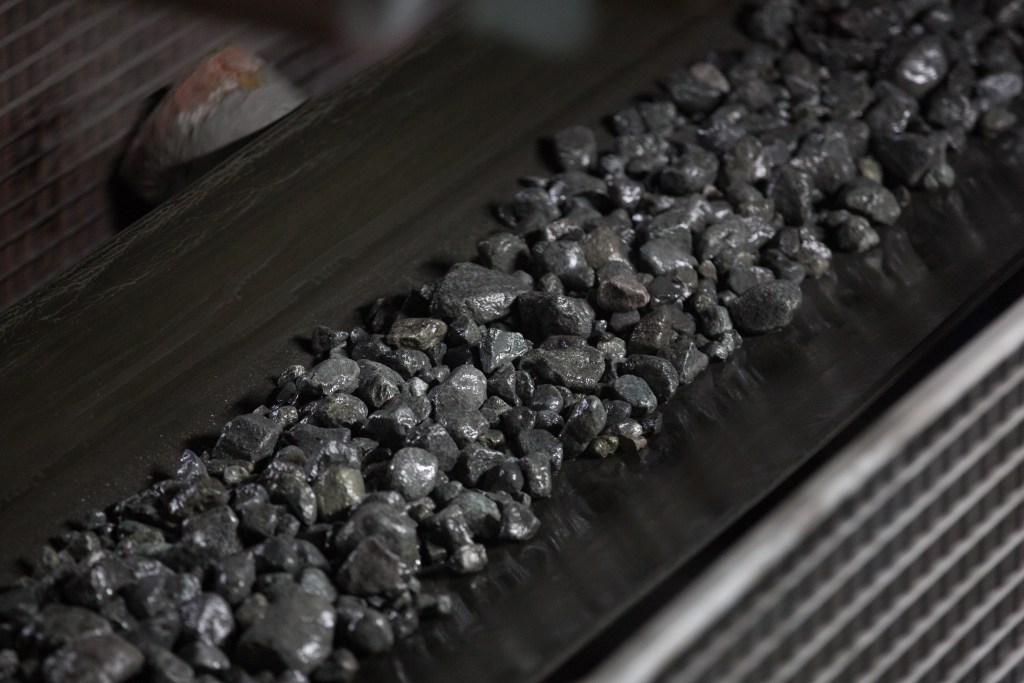Four years ago, farmer Sankalp Singh Parihar travelled to the southern Indian city of Chennai in search of hybrid coconut seeds. During the train journey, he struck up a conversation with a man seated opposite him. When the man learned that Parihar was a farmer, he offered to sell him a special mango sapling for Rs 2,500 ($33).
Out of curiosity, he decided to take a chance and buy it.
Videos by VICE
“I did not know what the mango breed was but I named it Damini after my mother and planted it,” Parihar, who lives in the city of Jabalpur in central India, told VICE. “I grew it [the sapling] like an ordinary mango plant, but a few months later, saw that it had developed a beautiful red colour.”
When news got out that Parihar had a special red-hued mango variety on his farm, the farmer was approached by businessmen from the Indian cities of Surat and Mumbai. “It was only when they offered me more than Rs 21,000 ($283) for it that I realised it was something valuable.”
The special mango he had serendipitously come across was, in fact, the Japanese Miyazaki mango – considered to be the world’s most expensive mango variety.
Also known as the “Egg of the Sun,” the Miyazaki is often found in special auctions in Japan. According to a local Japanese media report, a box of two Miyazaki mangoes sold for half a million Japanese yen ($4,500) in 2019. On average, a single Miyazaki costs $50 and is considered a luxury gift, like premium chocolate, instead of an ordinary fruit.
These mangoes have a deep red outer skin, a melt-in-the-mouth texture, and an exceptionally sweet taste. “The pulp is like jelly, the colour is stunning, and you can even eat the outer peel,” said Parihar.
They originate from the Miyazaki prefecture on the southern Japanese island of Kyushu and are grown in strict conditions with quality control to ensure a 15 percent sugar content and a minimum weight of 350 grams. The process is labour-intensive. Japanese growers usually suspend the mango in a small net in a temperature-controlled greenhouse setting. This ensures that the mango gets enough sunlight to develop its distinct red skin, and allows it to fall naturally into the net when it is ripe and sweet.
However, according to Parihar, the mangoes can organically grow in India’s cool and moist climate without needing special attention.
“Since I did not know what breed these mangoes were, I grew them like I would grow any ordinary Indian variety like the alphonso,” he said.
Now, he wants to make the world’s most expensive mango more accessible for Indian farmers. “My vision is that every Indian household should be able to afford this mango,” he said. “In Japan, it is expensive because it is grown in an expensive environment. In India, we can grow it naturally and cut down on expenses.”
Currently, Parihar has managed to grow about 52 mangoes in his orchard. Despite the exorbitant price they command, he and his wife Rani have decided not to sell their coveted fruits just yet.
“These are our babies and our focus right now is to keep nurturing them and using the fruits’ seeds to plant new ones,” he said.
The couple plans to keep growing this special mango variety until it can fill up their entire orchard. But despite their decision to preserve the special fruit, the attention they have suddenly received has made them uneasy about getting robbed. So, they’ve hired an army of nine guard dogs and three security guards to protect their mangoes round the clock.
“Last year, after a local news channel reported that we had these mangoes, a thief broke in and stole 14 mangoes,” he said. “So now, we have hired a team of guards and pay them Rs 8,000 ($108) every month. I would rather pay for security than lose these mangoes, which to us are worth so much more than money.”




